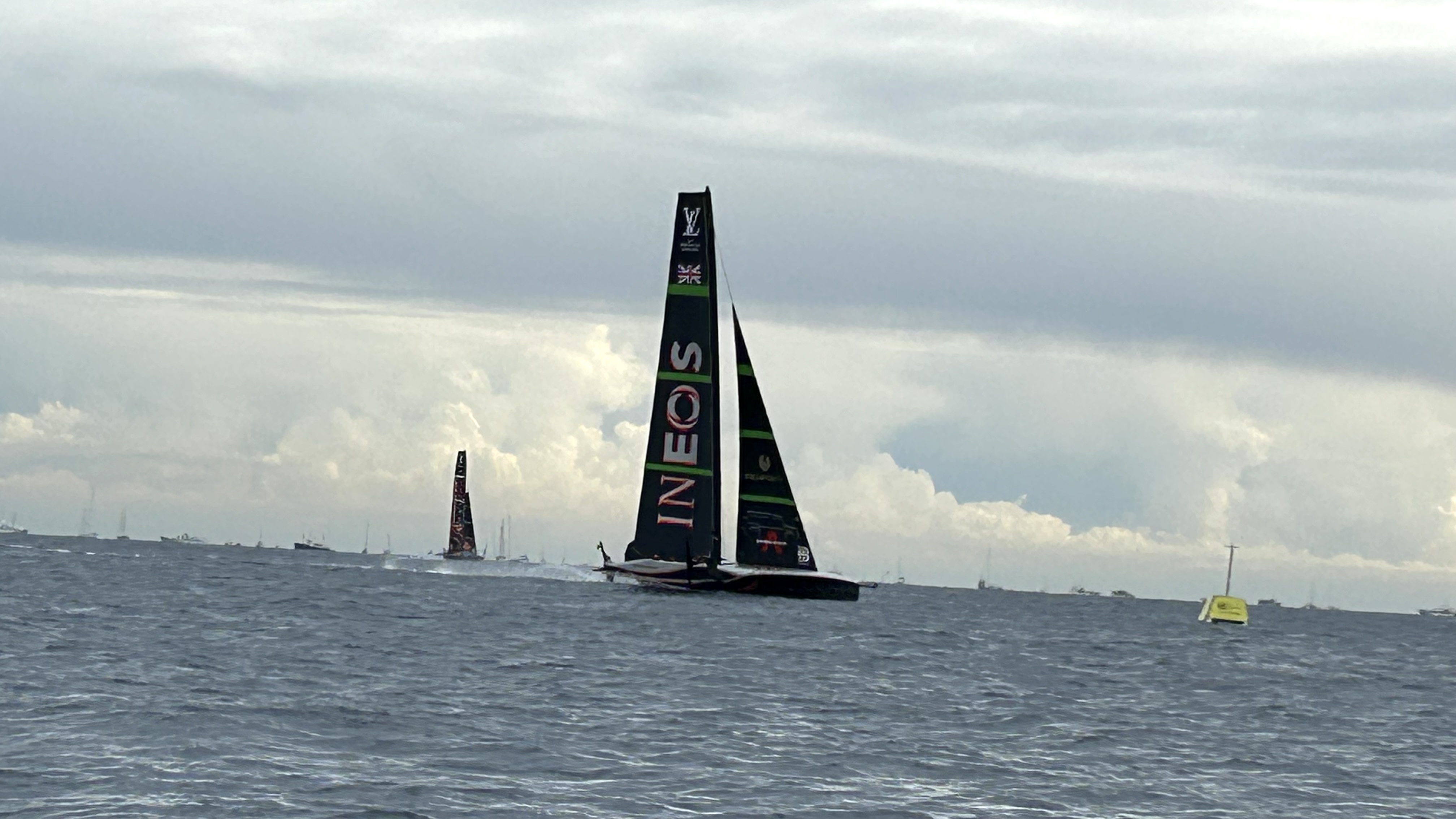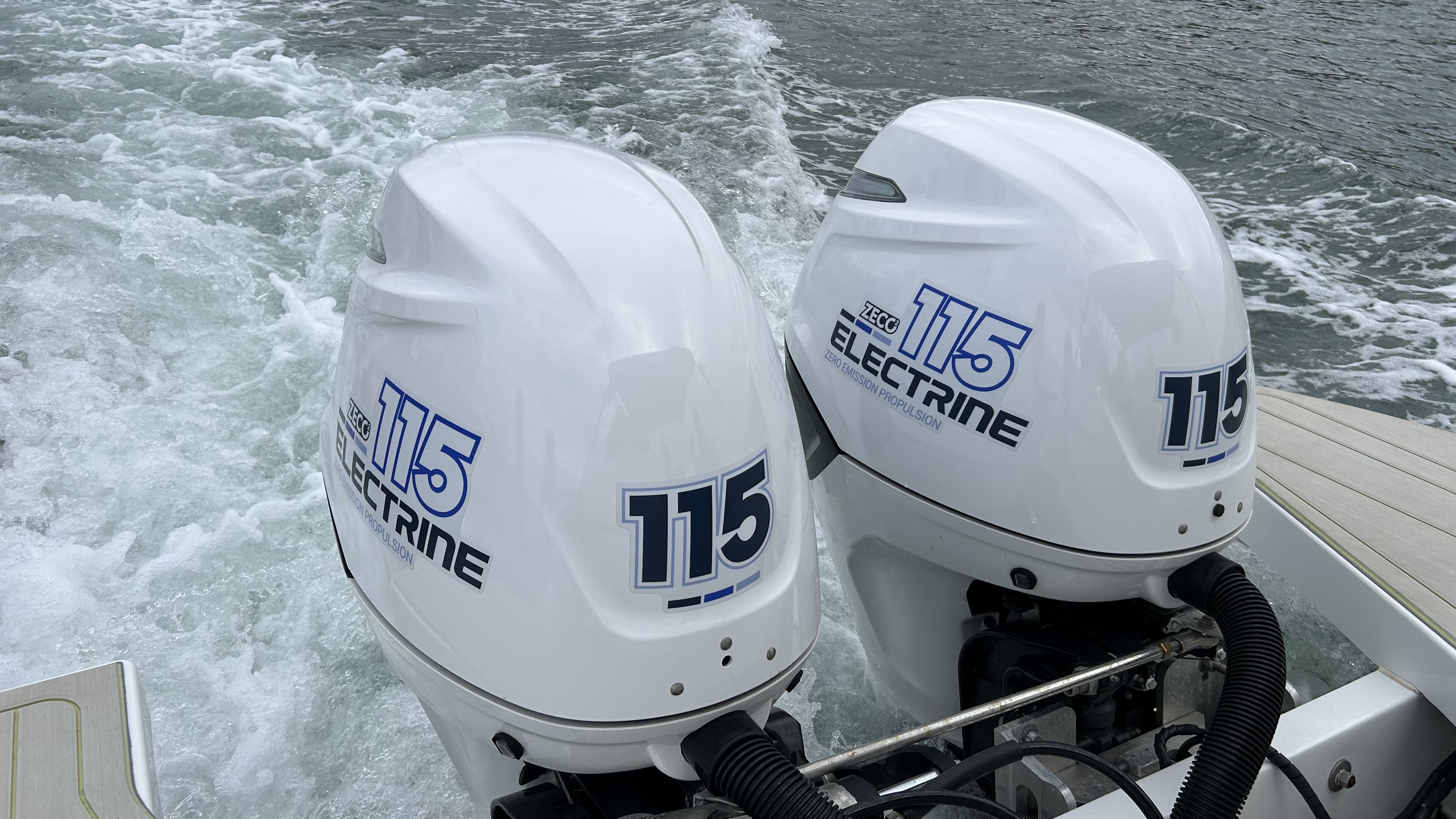
Emirates Team New Zealand has just beaten Ineos Britannia from the UK in the 37th America’s Cup competition in Barcelona. It was a conclusive victory, with the Royal New Zealand Yacht Squadron trouncing the UK’s Royal Yacht Squadron 7 races to 2.
However, considering it’s a competitive sailing event dominated by wind power, the America's Cup yacht race also revolves around a surprising amount of electricity. For the coverage alone there are some 700 staff who've made use of 16 cameras, 1,000 drones and numerous control centres to get the event beamed across the globe over the last few days.
Watching the race from the 18th floor of the Torre Mapfre building that gives a bird’s eye view of the course, Mike Blackman, Integrated Systems Europe (or ISE) Managing Director has a good reason to be taking an interest in the event.
An annual tech show for the systems integration and audiovisual industry, ISE has been in Barcelona ever since it outgrew its previous home in Amsterdam. What’s more, it’s been around for 20 years now, and Blackman sees an obvious connection between the new tech that’ll be on display when the event rolls around again in February of next year and the amazing duo of yachts careering in and on top of the sea in front of him.
ISE is the place to be when it comes to seeing how the audio-visual industry is evolving with the times and, he says, seeing how all that kit is used in a real world scenario like the globally televised America’s Cup event is the perfect showcase where all those tech dots get joined up.
Water and electricity working together

While mixing water and electricity isn’t normally seen as a good idea, the America's Cup revolves around power. Even getting out to see the competition craft close-up is done via an all-electric speedboat fitted with twin 115 horsepower battery outboards.
One of the most striking things about these boats when they’re seen from the water, as opposed to the top of a tall building on the quayside, is their size and scale. For Barcelona 2024, the AC75 Class competition craft have been tweaked again, with one of the most significant changes meaning a crew reduction from 11 to just 8.
Considering the diminishing crew, the boats are still big at 75-feet long and 16-feet wide. They’re also amazingly light though, so much so that the design of the hull and the foils that protrude from the sides, allow them to ride, or foil, rapidly above the waves.
The biggest surprise though is inside the competition boats themselves. While there’s the obvious cubby hole where the high-tech sailing craft are piloted, both the Emirates New Zealand Defender and Ineos Brittania craft feature additional recesses where crew members sit on what looks like spinning bikes at sea to generate power for the Lithium-battery pack.
There are numerous systems within the boats that need electricity to work the sail and mast controls effectively, as well as helping to accumulate hydraulic power for the foils that have to move dynamically as the wind dictates in order to win the race.
So, while it might seem slightly crazy and very unlikely to happen, if you ever do overhear someone saying they’re going for a spinning session at sea, the chances are they’re a crew member on one of the America’s Cup boats.







